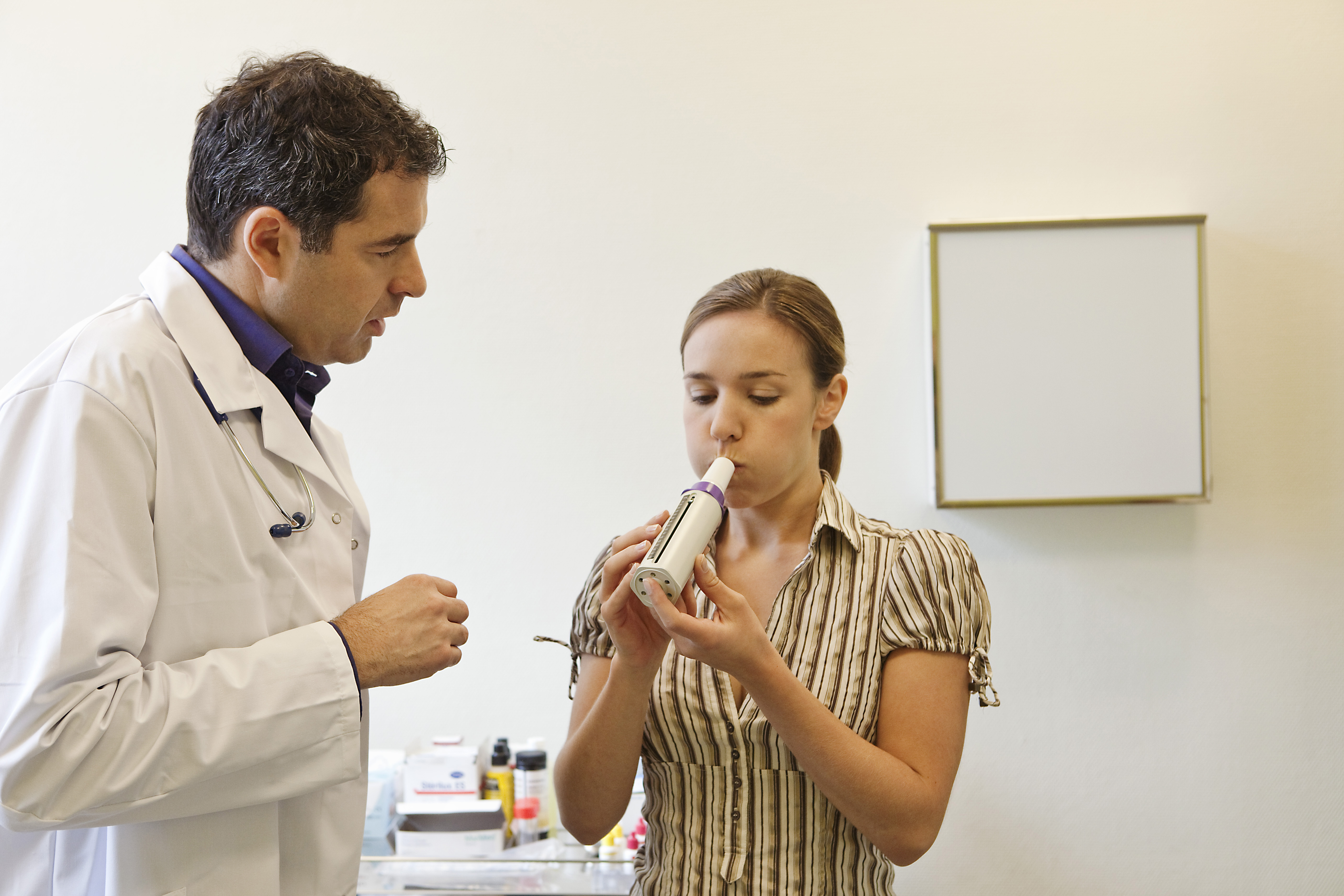It has been generally assumed that all people suffering COPD experience a faster decline of lung function, which is why so many large studies have focused on reducing this decline. Yet it is possible that a regular decline in FEV1 could also lead to COPD in individuals whose maximally achieved FEV1 is less than the normal population.
In a recent study published in The New England Journal of Medicine, a team of researchers from the University of Copenhagen found that accelerated decline of lung function is not a prerequisite for COPD. The study results showed that only 50% of patients with COPD develop the disease with close to normal lung function decline.
“This long-term chronic disease can be developed in different ways, so achieving normal growth in lung function in early adulthood is an important factor in terms of future risk,” said Peter Lange, Consultant in Respiratory Medicine at Hvidovre Hospital and professor at the Department of Public Health, University of Copenhagen.
Chronic obstructive pulmonary disease (COPD) is a major cause of illness and death worldwide, and the disease’s development has been attributed to an accelerated decline in lung function from a normal level achieved in young adulthood. This study shows that not all at-risk patients show accelerated lung function decline, a finding that might explain why it has been difficult to establish the effect of drug for lung function decline.
The researchers stratified participants in three independent cohorts according to lung function (FEV1 ≥80% or <80% of the predicted value). Then the researchers determined the rate of FEV1 decline over time according to their FEV1 at baseline and COPD status at the end of the study. In two of the cohorts, the longest follow-up period was approximately 25 years.
Results showed that among 657 individuals who had an FEV1 of less than 80% of the predicted value before age 40, 174 (26%) had COPD after 22 years. Among a total of 2207 individuals who had a baseline FEV1 of at least 80% of the predicted value before they were 40 years old, 158 (7%) had COPD after 22 years of follow-up.
Results also showed that about half the 332 people with COPD at the end of the study had had a normal FEV1 before 40 years of age and had a fast FEV1 decline afterwards. The remaining half of the individuals was found to have a low FEV1 in early adulthood and a subsequent decline in FEV1 despite comparable smoking exposure.
According to the researchers, the results of this study suggest that the classic trajectory of an accelerated decline in FEV1 from a normal level is not an obligatory feature of COPD, and that a substantial proportion of the people in whom COPD develops has a low FEV1 level in early adulthood.
“Thus, every effort should be undertaken to achieve normal growth of lung function including non-smoking during teenage years, treatment of asthma in childhood and reducing exposure to agents such as passive smoking,” Professor Peter Lange concluded.

